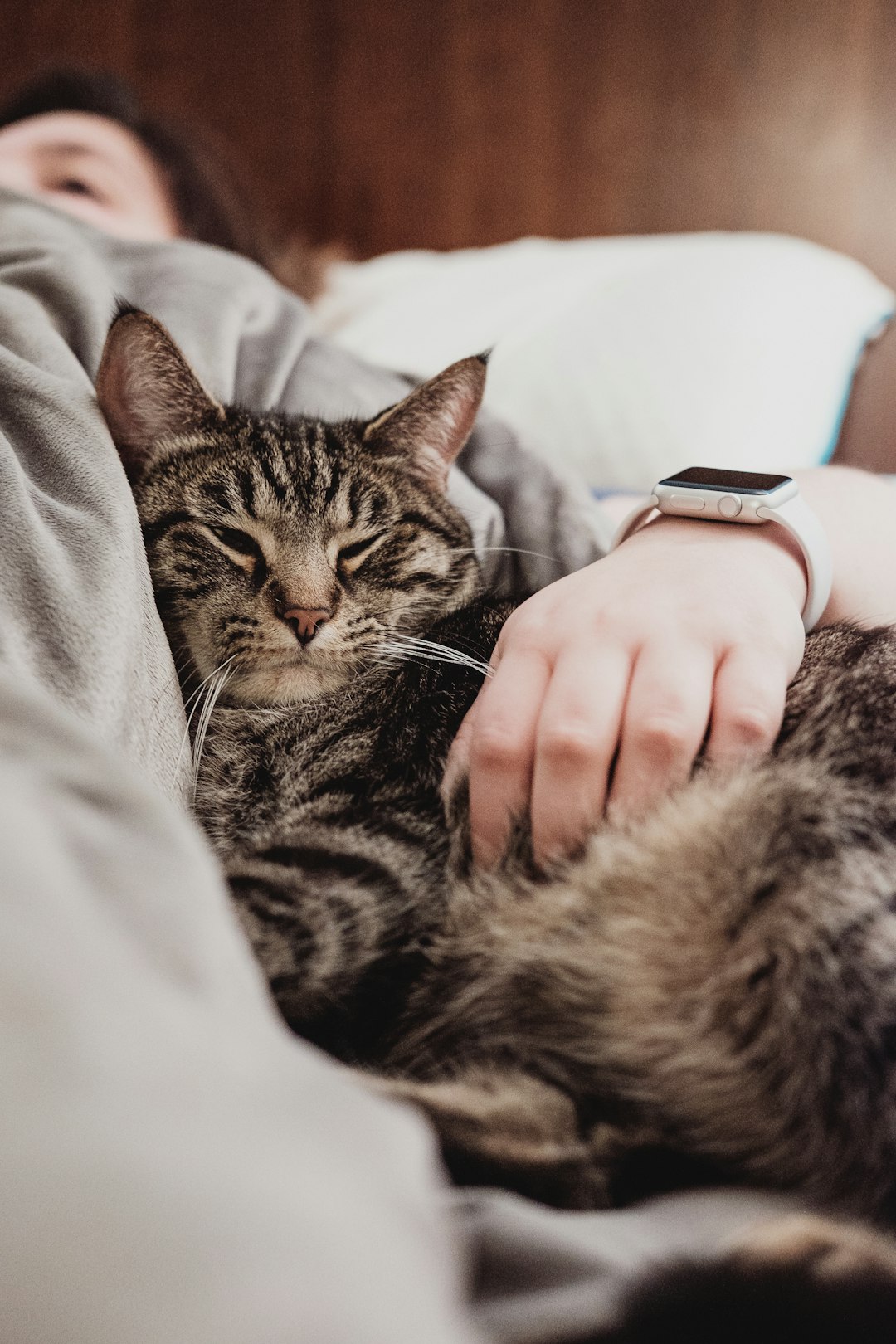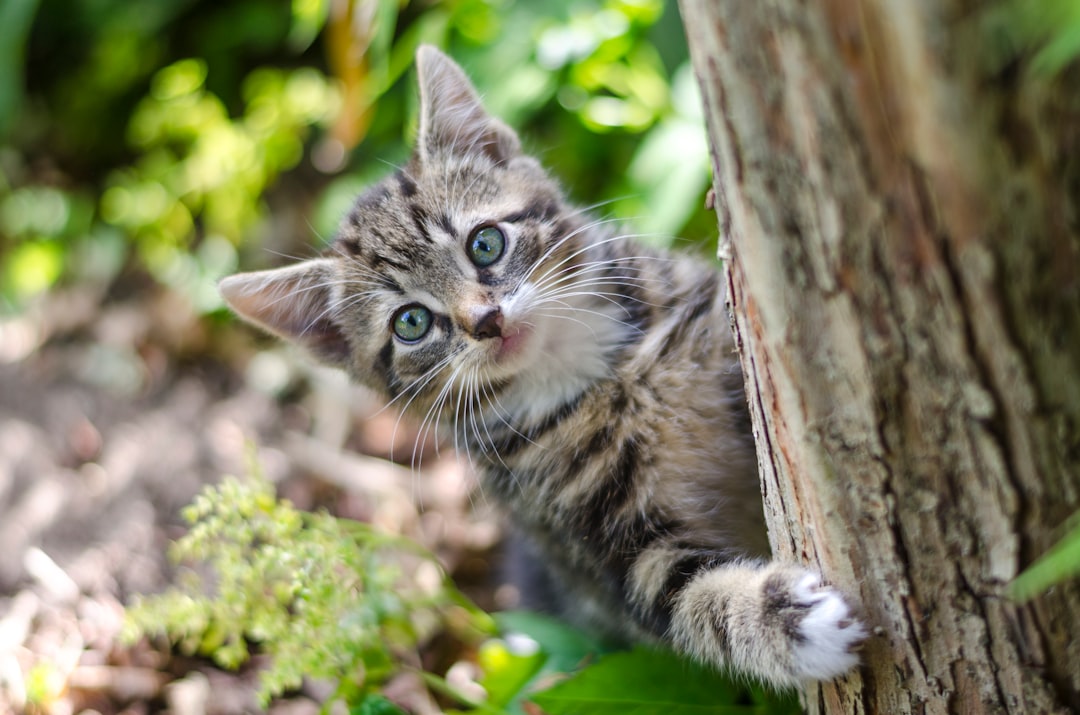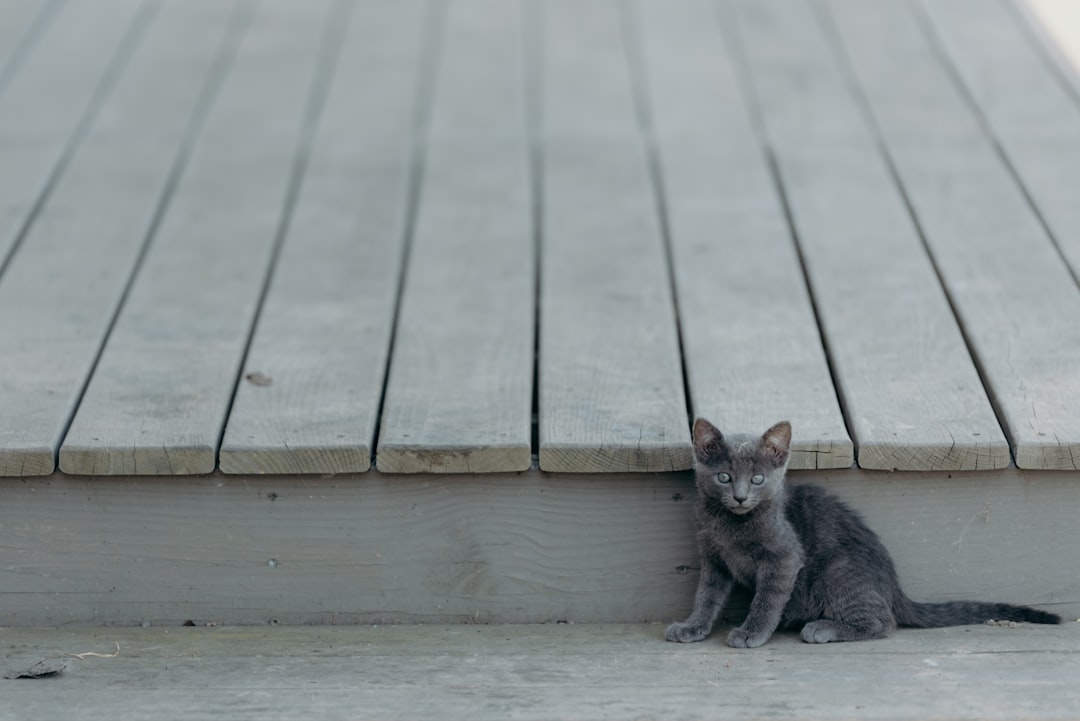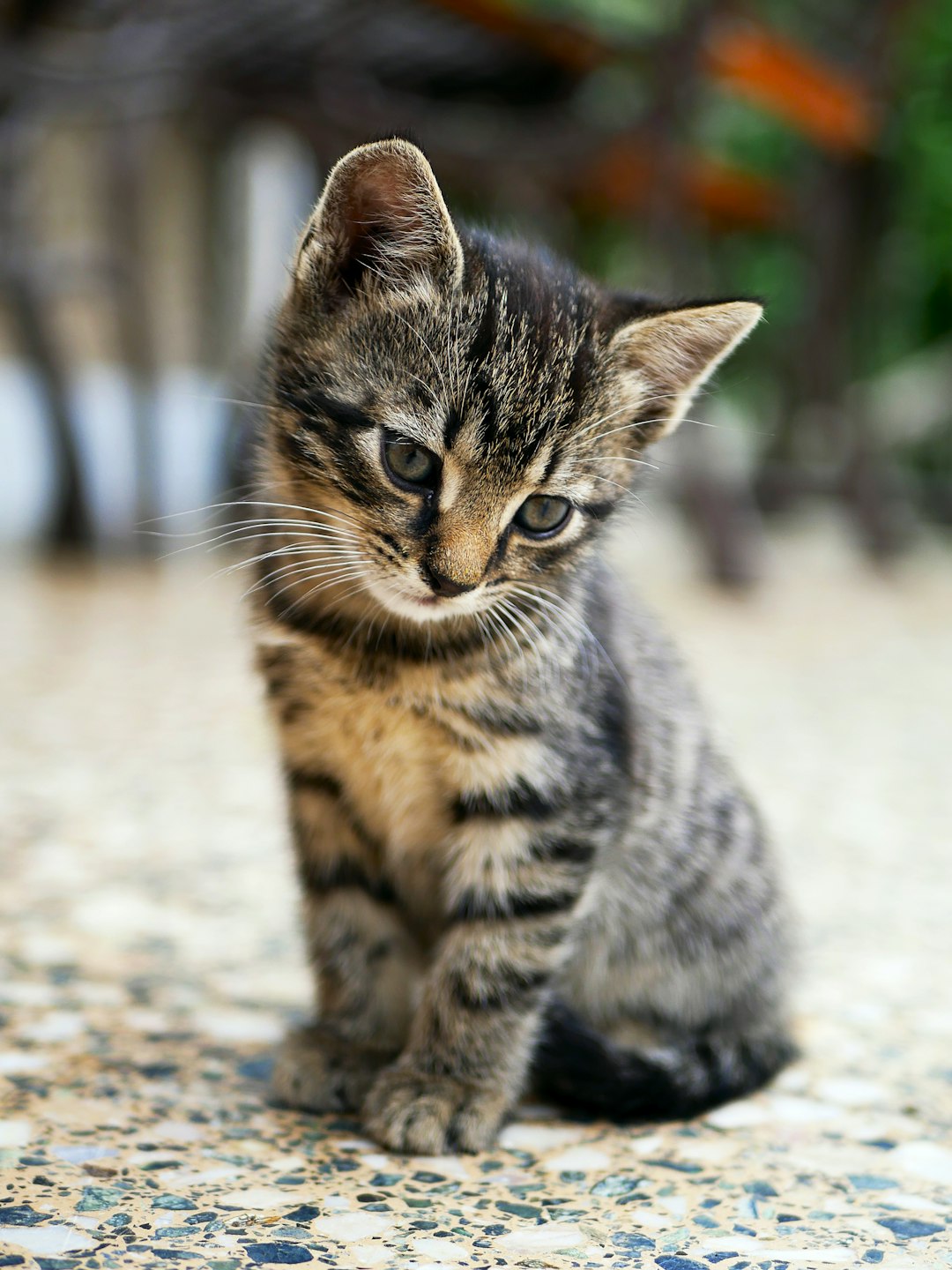Understanding how often do cats go into heat is essential for cat owners and enthusiasts alike. Feline reproductive cycles can significantly impact a cat’s behavior and overall health. Typically, female cats experience heat cycles multiple times a year, especially when they reach maturity. Recognizing the signs of a cat in heat allows owners to manage their pets’ needs more effectively. In this article, we will delve into the intricacies of feline reproductive cycles, providing valuable insights to help you understand and care for your cat during these periods.
Understanding the Feline Reproductive Cycle
To grasp how often do cats go into heat, it’s essential to understand their reproductive cycle. Unlike many mammals, cats are seasonally polyestrous, which means they can go into heat multiple times during certain months of the year. Here’s how it works:
- Heat Cycle Duration: The estrous cycle typically lasts around 2 to 3 weeks, encompassing several stages.
- Stages:
- Proestrus: Lasting 1-2 days, this stage marks the beginning and is not always noticeable.
- Estrus: This is the phase where cats are receptive to mating, lasting about 4-7 days.
- Metestrus/Diestrus: If not mated, the cat will move out of the heat cycle.
- Anestrus: A dormant phase during which cats do not exhibit heat behaviors.
In summary, cats can enter heat multiple times per year, particularly in warmer months. Understanding this cycle guides cat owners in recognizing when their pet might experience heat, leading to better management. Therefore, knowing how often do cats go into heat helps in making informed decisions for their health and well-being.

Signs That a Cat is in Heat
Recognizing when your cat is in heat is crucial for responsible pet ownership. Generally, female cats display several noticeable signs that indicate their reproductive cycle. Here are the primary indicators:
- Increased Vocalization: Cats often become more vocal. Expect loud yowling or a constant meowing.
- Affectionate Behavior: Cats typically exhibit heightened affection, often rubbing against furniture and their owners.
- Posturing: Look for a unique pose—legs raised and tail held high—that indicates readiness to mate.
- Pacing or Restlessness: You may notice your cat pacing or displaying restless behavior as they seek companionship.
- Reduced Appetite: Some cats experience a slight decrease in appetite during this time.
Understanding how often do cats go into heat can help you better anticipate these signs. Most female cats may cycle into heat every two to three weeks, and these behaviors can last for about a week. By being observant, you can effectively respond to your cat’s needs and manage her environment during these hormonal fluctuations.
Duration of the Heat Cycle
Understanding the duration of the heat cycle is essential for cat owners. Typically, the heat cycle lasts between 5 to 10 days, though this can vary based on individual factors. Let’s break it down:
Proestrus: Lasts about 1-2 days. Here, the female cat may display affectionate behaviors without being receptive to mating.
Estrus: This phase generally spans 3-5 days. During estrus, a cat will exhibit signs of being in heat, such as increased vocalization and restlessness. It’s essential to know how often do cats go into heat, as this is when mating behavior occurs.
Metestrus/Dioestrus: Lasting about 4-14 days if pregnancy does not occur. During this phase, the cat may exhibit some heat-like behaviors but won’t be receptive to mating.
Here’s a concise comparison:
| Phase | Duration | Behavior |
|---|---|---|
| Proestrus | 1-2 days | Affection without receptivity |
| Estrus | 3-5 days | Mating behavior |
| Metestrus/Dioestrus | 4-14 days | Some heat-like behaviors |
Understanding how often do cats go into heat can help you manage your cat’s behavior during these phases effectively.
Frequency of Heat Cycles in Cats
Understanding how often do cats go into heat is essential for cat owners. Generally, female cats experience their first heat cycle between 5 to 12 months of age. After that, these cycles recur with remarkable regularity. Here’s what to expect:
- Seasonal Breeders: Cats are typically seasonal breeders, which means they tend to go into heat during specific seasons.
- Heat Cycle Duration: Each cycle lasts about 7 to 10 days. If the cat does not mate, she can go back into heat as soon as 2 to 3 weeks later.
- Multiple Cycles: Cats may have several heat cycles each year. For unspayed females, this can average 3 to 4 cycles during the breeding season.
Comparison Table: Frequency of Heat Cycles
| Age of Cat | Frequency of Heat Cycles |
|---|---|
| 5-12 months | Start of cycles |
| 6 months – 1 year | 2-3 weeks apart |
| Adult Cats | 3-4 times per season |
In summary, to determine how often do cats go into heat, consider their age and seasonal patterns. Understanding these cycles helps you provide better care and make informed decisions for your feline friend.

Factors Affecting Heat Frequency
Understanding how often do cats go into heat involves several influencing factors that can vary among individual cats. Here are the key elements to consider:
Breed: Some breeds, like Siamese and Burmese cats, may experience heat cycles more frequently than others.
Age: Younger cats tend to go into heat more often than older ones; typically, kittens reach their first heat cycle by six months of age.
Health Status: Overall health plays a crucial role; cats with health issues may have irregular cycles.
Season: Cats are seasonal breeders, meaning their cycles primarily occur during warmer months. Hence, heat frequency can decrease in colder months.
Environment: Indoor cats may experience heat cycles throughout the year, while outdoor cats tend to follow seasonal patterns.
In summary, the aforementioned factors significantly contribute to how often do cats go into heat. By understanding these influences, cat owners can better anticipate their pet’s reproductive behavior and manage their needs accordingly.
Behavioral Changes During Heat
When understanding how often do cats go into heat, it’s crucial to recognize the behavioral changes that accompany this cycle. During heat, your feline friend may exhibit a range of noticeable behaviors, including:
- Increased Vocalization: Expect more yowling or meowing as cats communicate their readiness to mate.
- Affectionate Behavior: Cats may seek additional attention and may rub against objects or people more frequently.
- Restlessness: They may display signs of agitation and increased activity, pacing around the house.
- Posture Changes: Look for mating poses, such as raising their rear, which indicates they are receptive.
These behaviors can last throughout the heat cycle, which typically lasts 5 to 10 days. It’s vital to understand that these changes can repeat based on the frequency of heat cycles.
| Behavior | Description |
|---|---|
| Vocalization | Increased meowing and yowling |
| Affection Seeking | Rubbing against surfaces and people |
| Restlessness | Pacing or excessive movement |
| Mating Positioning | Assumption of a rear-up pose |
By recognizing these behavioral changes, you can better manage your cat’s needs during this time. Understanding how often do cats go into heat allows you to anticipate and respond effectively to their unique behaviors.
Health Considerations Related to Heat
Understanding the health implications of how often do cats go into heat is crucial for any cat owner. When female cats enter heat, several factors come into play that can affect their well-being. Here are a few key health considerations:
Increased Risk of Infection: Cats in heat exhibit a heightened receptiveness to mating, which may lead to encounters with unneutered males. This can increase the risk of sexually transmitted infections.
Potential for Pyometra: Intact females face the risk of developing pyometra, a serious uterine infection. This condition often manifests after multiple heat cycles.
Behavioral Stress: Cats may exhibit signs of distress during heat, such as excessive vocalization, restlessness, and aggression. These behavioral changes can affect their overall mental health.
Nutritional Needs: Cats in heat require proper nutrition to maintain their energy. Ensuring a balanced diet can help them cope better during this time.
Neutering Benefits: Neutering not only prevents unwanted litters but also eliminates the heat cycle, reducing health risks associated with repeated heat exposure.
By staying informed on how often do cats go into heat and its health considerations, you can better support your feline friend during this natural yet challenging phase.

Managing a Cat in Heat
Managing a cat in heat can be challenging, but understanding her needs is essential. Here’s what you should know about how often do cats go into heat and ways to help your feline during this time:
Create a Comfortable Space: Ensure your cat has a quiet and safe area to retreat to. This will help reduce stress and anxiety during her heat cycles.
Provide Distractions: Engage her with toys or interactive play. Mental and physical stimulation can mitigate some of the restlessness associated with being in heat.
Consider Spaying: If you do not intend to breed your cat, talk to your veterinarian about spaying. This surgical procedure will stop the heat cycles and significantly reduce her risk of health issues over time.
Keep Her Indoors: To prevent unwanted mating, keep your cat indoors. Cats in heat will try to escape to look for male cats.
Watch for Behavioral Changes: Be alert to signs of distress or excessive yowling, which are common during heat. If behaviors become unmanageable, consult your veterinarian for advice.
By understanding how often do cats go into heat and taking these proactive steps, you can ensure a happier experience for both you and your pet.
Frequently Asked Questions
What is the typical cycle duration for a cat’s heat cycle?
A cat’s heat cycle typically lasts about 1 to 2 weeks, although it can vary by individual cat and breed. During this period, you may notice behavioral changes in your cat, including increased vocalization, restlessness, and affectionate behavior towards both people and other cats. If the cat does not mate during this time, she may enter another heat cycle about every 2 to 3 weeks until she becomes pregnant or is spayed.
How can I tell if my cat is in heat?
Signs that your cat is in heat include an increase in vocalizations, restlessness, and affectionate behavior such as rubbing against furniture and people. She may also assume a mating position, known as lordosis, where she raises her hindquarters and tucks her front paws underneath her. Additionally, you may notice an increase in grooming of her genital area. These behaviors can start to appear as early as six months of age.
Is there any way to manage a cat in heat?
To manage a cat in heat, you can provide more playtime to help distract her and reduce her stress levels. Additionally, keeping her indoors will prevent unwanted mating. If the behaviors become too challenging to handle, consulting with a veterinarian may be an option. They can discuss spaying, which can prevent future heat cycles and provide additional health benefits, including a reduced risk of certain diseases.
Can cats be spayed while in heat?
Yes, cats can be spayed while in heat, although it is generally more complicated than performing the procedure when they are not in heat. The procedure may take longer, and the risk of complications can increase. However, if a cat is in heat and needs to be spayed for health or behavioral reasons, most veterinarians will proceed with the surgery. Always consult your veterinarian for the best guidance based on your cat’s individual circumstances.



